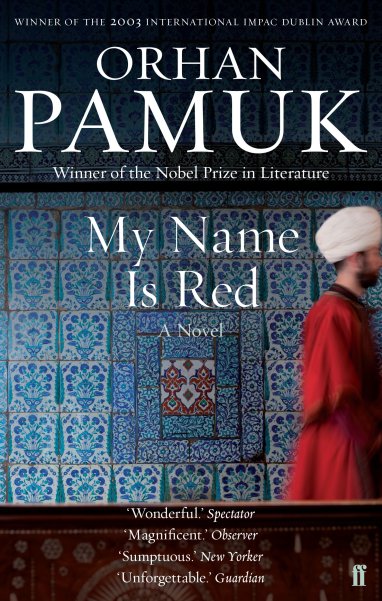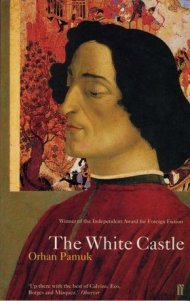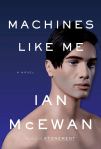
A Strangeness in My Mind [2014/15] – ★★★★
“Street vendors are the songbirds of the streets, they are the life and soul of Istanbul” [Orhan Pamuk/Ekin Oklap, Faber & Faber, 2014/15: 33].
Shortlisted for the Man Booker International Prize 2016, A Strangeness in My Mind tells the story of Mevlut Karataş, a street-seller in Istanbul. From his childhood in a poor village to his children’s marriages, we are taken on the literary journey of his life, introduced to his uneasy relationship with his cousins Korkut and Süleyman, his stoic friendship with rebellious Ferhat, and, more importantly, to his marriage with Rayiha, which occurred under rather peculiar circumstances. The main aim of Pamuk in this book seems to capture a life and a way of life through the years, showing the daily happiness and struggles or ordinary people living in Istanbul, while demonstrating the changes that Istanbul has undergone through time, including its socio-economic and political situation, expansion and modernisation. Translated from the Turkish by Ekin Oklap, A Strangeness in My Mind is closer to an overlong “docu-fiction” and over-indulgent bibliographical non-fiction and, in truth, is a bit far from that exciting literary novel that would make the reader hungrily turning the pages or would impart to them some true insight or reveal some Pamukian complexity. However, where the book truly shines is in a loving, nostalgic and painstaking reveal of the life of a street-seller, a profession that is rapidly dying in large cities. Pamuk’s emphasis on the mysteries and intricacies of this moribund craft, together with his touching tribute to Istanbul of the past, is to what makes this novel so compelling – ultimately.
Continue reading “Review: A Strangeness in My Mind by Orhan Pamuk”






 I. The White Castle [1984] by Orhan Pamuk
I. The White Castle [1984] by Orhan Pamuk



